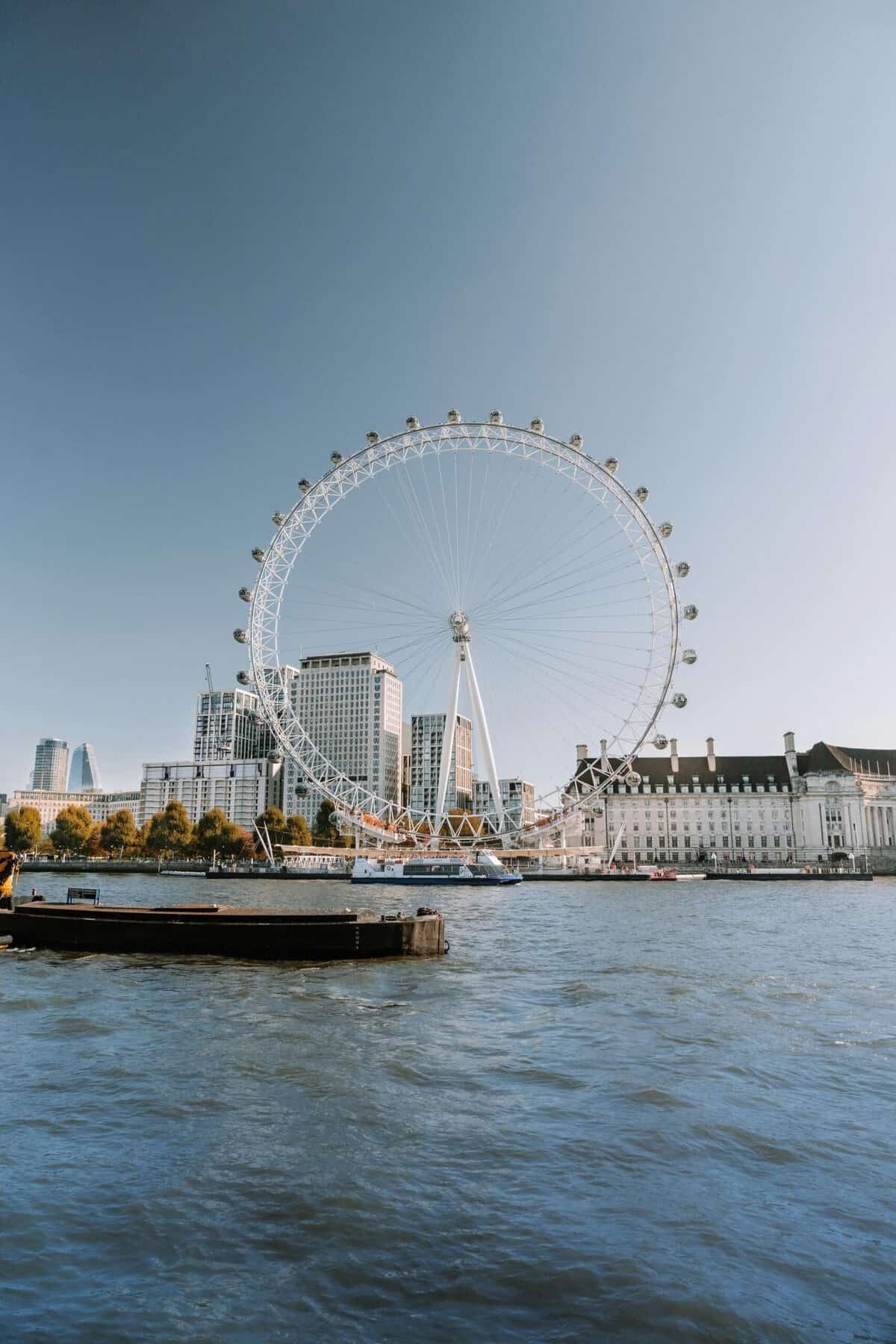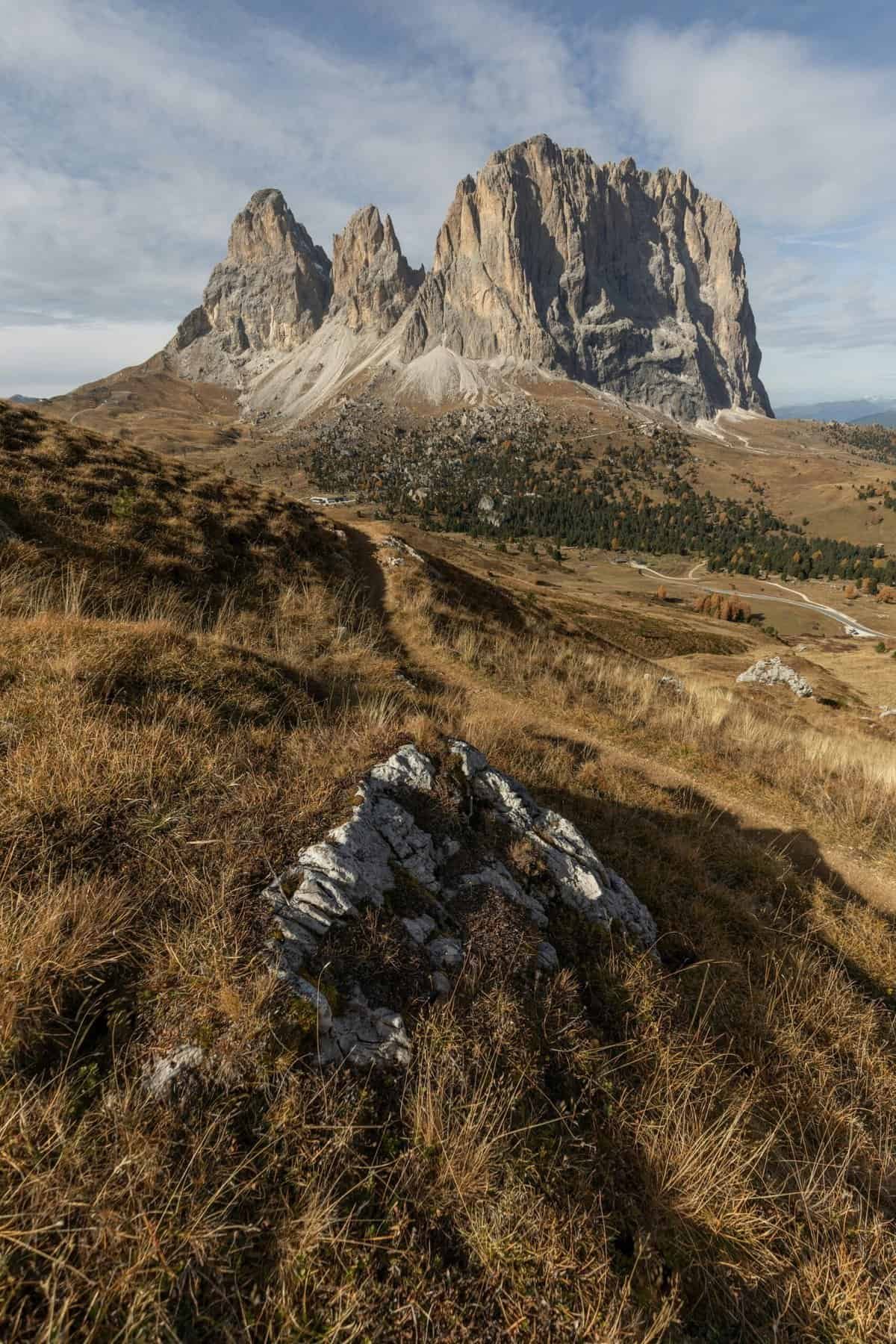Have you ever wondered how to respectfully observe and interact with wildlife while enjoying the stunning beaches of Nicaragua? As you bask in the beauty of this vibrant landscape, it’s essential to understand how to coexist harmoniously with the diverse array of creatures that call this place home. Your interactions with the natural world can have a lasting impact, not only on the environment but also on the wellbeing of the animals and ecosystems you encounter.
Understanding the Beauty and Fragility of Nicaraguan Beaches
Nicaragua is renowned for its lush coastlines and vibrant biodiversity. These beaches are home to a plethora of wildlife, from nesting sea turtles to colorful seabirds and unique marine life. The delicate ecosystems of Nicaragua’s beaches necessitate a thoughtful approach to wildlife observation and interaction to ensure they remain unharmed by human activities.
Importance of Biodiversity
Biodiversity isn’t just a buzzword—it’s the foundation that supports life on Earth. The beaches of Nicaragua are teeming with life, contributing to the region’s extraordinary biodiversity. Mangroves, coral reefs, and coastal rainforests house species that are rare and often in danger of extinction due to environmental threats. By appreciating the importance of biodiversity, you can become more conscious of your interactions and the impact they may have.
Fragility of Beach Ecosystems
These ecosystems are as fragile as they are beautiful. Human activities, such as pollution, habitat destruction, and climate change, have severe consequences for wildlife and their habitats. Understanding this fragility is crucial to fostering a more responsible approach to wildlife observation.
Identifying Local Wildlife
Getting to know the wildlife you might encounter can enrich your experience and ensure you act responsibly. Knowing what to expect prepares you to interact with them respectfully.
Common Species on Nicaraguan Beaches
It’s worthwhile to familiarize yourself with some of the species you may encounter:
- Sea Turtles: These ancient mariners frequently nest on the beaches. Species like the Olive Ridley and Hawksbill turtles are common.
- Seabirds: From the Magnificent Frigatebird to the Brown Pelican, the sky is alive with diverse birdlife.
- Marine Life: Snorkeling or diving may reveal an underwater world filled with vibrant fish, dolphins, and occasional sharks.
- Mammals and Reptiles: You might spot howler monkeys or iguanas, especially near the forested areas.
Recognizing these species helps you maintain a safe distance and minimize disturbances.

Guidelines for Responsible Wildlife Observation
When it comes to enjoying Nicaragua’s natural wonders, there are some golden rules you can follow to ensure your presence is unobtrusive and respectful.
Maintain a Safe Distance
One of the cardinal rules is to keep your distance. Approaching wildlife can be stressful for them and dangerous for you. Use binoculars or cameras with zoom lenses to observe animals without intruding.
Avoid Feeding Wildlife
Feeding animals can be harmful, altering their natural behaviors and diets. Human food is not suitable for wildlife and can cause long-term health issues.
Stay Quiet and Calm
Being quiet reduces stress on wildlife and allows you to observe their natural behavior. Keep noise levels down and move slowly to avoid startling animals.
Interacting with Sea Turtles
Nicaragua’s beaches are crucial nesting sites for several sea turtle species. These gentle giants require particular care when they come ashore.
Beach Etiquette During Nesting Season
Avoid bright lights and loud noises, as they can disorient turtles. Stick to designated paths to avoid stepping on nests, and participate in guided tours for turtle watching, as these are often designed to minimize disturbances.
Guided Tours
Consider booking a tour with a local conservancy group. They provide invaluable insights into turtle conservation while ensuring your experience is both educational and sustainable.

Engaging in Sustainable Water Activities
Many beachgoers are drawn to water sports and activities. Conducting these responsibly is key to protecting marine ecosystems.
Best Practices for Snorkeling and Diving
When exploring underwater, remember:
- Do not touch coral reefs: They are delicate and take time to recover from damage.
- Avoid chasing or touching marine animals: It can cause stress and harm.
Responsible Fishing and Boating
Buy fish from sustainable sources and follow local regulations. When boating, maintain slow speeds near wildlife zones to prevent injury to animals.
Contributing to Conservation Efforts
Your role in conservation can extend beyond mere observation. There are several ways to actively contribute to maintaining the health of Nicaraguan beaches.
Participating in Beach Clean-ups
Join local beach clean-up efforts to reduce pollution and protect habitats. Your participation not only helps the environment but also raises awareness among other visitors.
Supporting Conservation Programs
Donate to or volunteer with local conservation organizations. Projects often focus on habitat restoration, wildlife protection, and educating the local community.

Legal and Ethical Considerations
Respect the laws and guidelines that protect wildlife and their habitats. Understanding these frameworks can guide your actions and prevent unintended harm.
Awareness of Local Laws
Educate yourself about protected areas and regulations specific to wildlife interaction. Many regions have strict penalties for disturbing wildlife or their habitats.
Ethical Decisions
Ethics play a key role in your interactions. Beyond adhering to laws, reflect on the moral implications of your actions and their potential impact on the environment.
Educating Others
Share your knowledge about responsible wildlife interaction with friends and family. Spreading awareness encourages others to embrace more sustainable behaviors when visiting natural sites.
Advocacy and Awareness
Become an advocate for wildlife and conservation. Use social media to share experiences and educate others about the importance of responsible tourism.
Collaborative Efforts
Work with community groups to create a larger impact. Engaging with local efforts to preserve wildlife and habitats multiplies the effect of individual actions.

Embracing a Mindful Approach
Approaching your beach visit with mindfulness enriches your experience and deepens your connection to the natural world.
Taking Time to Reflect
Pause to appreciate the beauty and complexity of nature. This mindfulness can enhance your understanding of why conservation is so vital.
The Ripple Effect of Your Actions
Small changes in behavior can lead to significant positive impacts. Each responsible action you take can influence others and contribute to broader environmental goals.
Implementing Guidelines During Your Visit
Here’s a brief summary table of dos and don’ts for easy reference during your time on Nicaraguan beaches:
| Dos | Don’ts |
|---|---|
| Keep a respectful distance from wildlife | Approach or chase animals |
| Observe quietly and patiently | Shout or create loud noises |
| Use guided tours for turtle interaction | Shine bright lights, particularly at night |
| Participate in beach clean-ups | Litter or leave trash behind |
| Support local conservation efforts | Remove plants or animals from their habitats |
Following these guidelines isn’t just about preserving the beauty for the future—it’s about forming a meaningful connection with the world around you and becoming a part of the conservation narrative.

Conclusion
As you prepare for your adventure on the beaches of Nicaragua, remember that your presence carries responsibility. By observing wildlife respectfully, engaging in sustainable practices, and educating yourself and others, you contribute to preserving the ecological integrity of these stunning environments. Enjoy the natural wonders, and let your actions reflect a commitment to protecting them for generations to come.